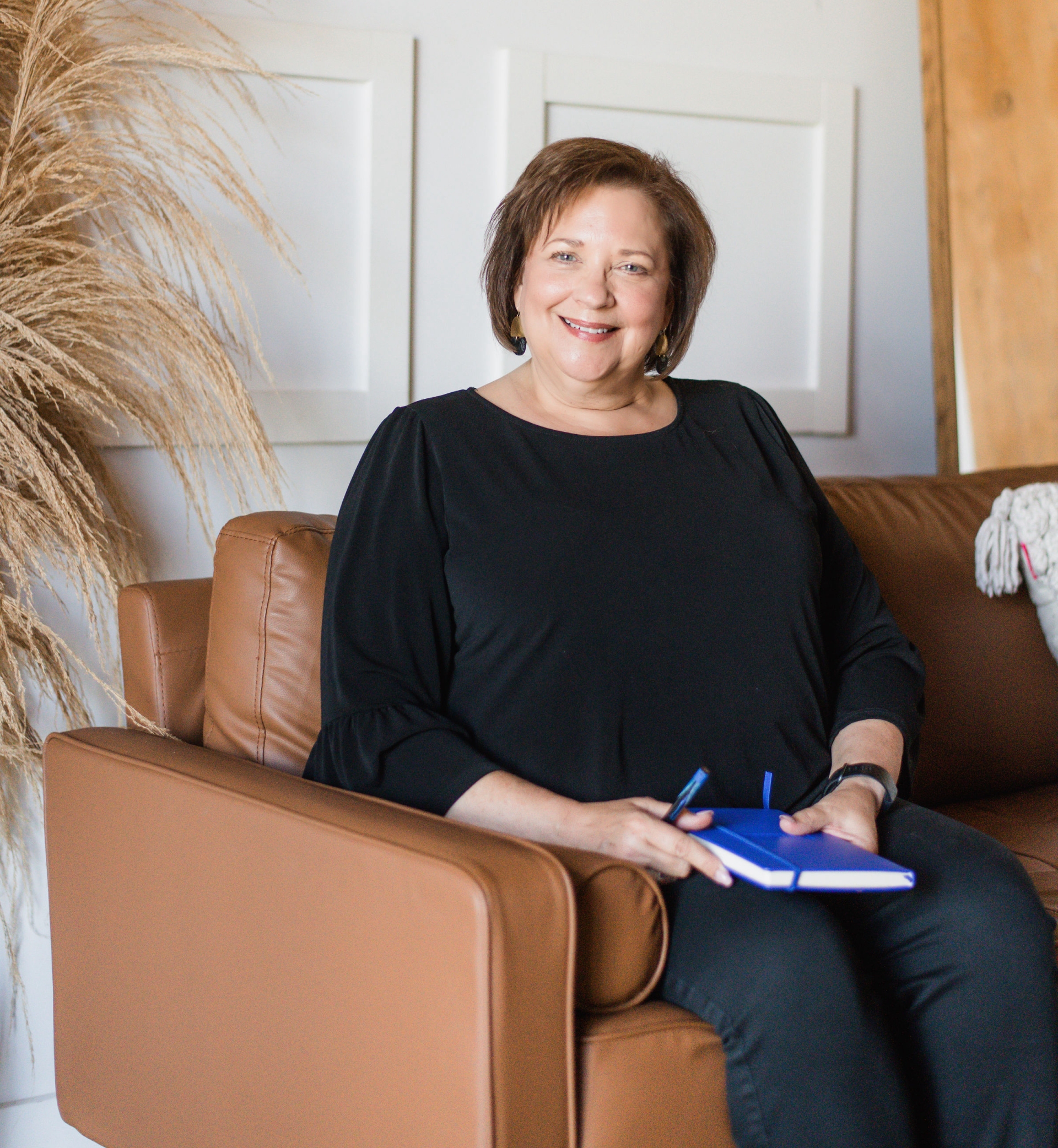Parents Can't help with Down Payment

Parents Can’t Gift You a Down Payment? Here’s Another Option
When most people think of getting help from family for a down payment, they picture a non-repayable gift from parents. While that’s ideal for some, it’s simply not possible for every family. Maybe your parents still need those funds for retirement, or they can’t afford to part with a large sum permanently. That doesn’t mean you’re out of options.
In Canada, you can receive your down payment as a loan from immediate family—not just a gift. This is a perfectly legal and lender-acceptable option, as long as it’s properly documented in a contract. The agreement can set the loan at zero percent interest or at a rate both parties agree on. It’s flexible, and it could help you enter the housing market sooner.
The Benefits of a Family Loan for Your Down Payment
A family loan can help you:
- Buy with minimum down instead of waiting years to save
- Get to 20% down to skip default insurance premiums
- Avoid higher borrowing costs from private or alternative lenders
- Secure funds with terms that work for both you and your parents
Sometimes that extra push from a loan can mean the difference between qualifying now or having to wait while home prices rise.
How Lenders View a Family Loan
Lenders will see this loan just like any other debt. That means the repayment amount, interest rate, and payment schedule will be factored into your debt service ratios when they determine how much mortgage you qualify for.
The loan agreement must be written, signed, and legally binding, not just a handshake deal. Lenders will typically request a copy, along with proof of the funds being transferred to you. This ensures everything is transparent and above board.
Setting Up the Loan Agreement
Here’s what to include in a simple, effective loan contract between you and your parents:
- Principal amount (how much they’re lending you)
- Interest rate (can be 0% or agreed-upon)
- Repayment schedule (monthly, annually, lump sum, or at sale of the home)
- Term length (how long until the loan must be repaid)
- Signatures of all parties involved
It’s always best to have a lawyer review the agreement. This protects both you and your parents and ensures it meets lender requirements.
Example Scenario
Let’s say you’ve saved $40,000, but you need $70,000 to make a 20% down payment and avoid default insurance. Your parents could lend you the extra $30,000, documented in a contract stating you’ll repay them over 10 years at zero percent interest. Your lender would include the calculated monthly payment in your debt servicing, and if you qualify, you could buy your home now instead of saving for years.
Making It a Win-Win for Everyone
A family loan is a smart way to keep your parents’ funds intact while still helping you secure a property. They retain access to their capital in the future, and you get the advantage of buying now while market conditions work in your favour.
When I work with clients in these situations, I always encourage a family meeting so everyone feels informed and confident. It’s not just about qualifying for a mortgage—it’s about making sure the arrangement works for everyone’s financial goals.
Final Thoughts
If your parents can’t gift you a down payment, a family loan could be the perfect middle ground. It keeps their retirement secure, helps you avoid costly insurance premiums, and gets you into the market faster. The key is making sure it’s done right—with clear terms, proper legal documentation, and lender approval.
If you’d like to explore how this could work for you, I’m happy to help run the numbers, review scenarios, and meet with your family to make sure everyone’s on the same page.
Contact me today at
403-968-2784 or
christine@flaremortgagegroup.com to learn more about using a family loan for your down payment and start your homebuying journey now.





